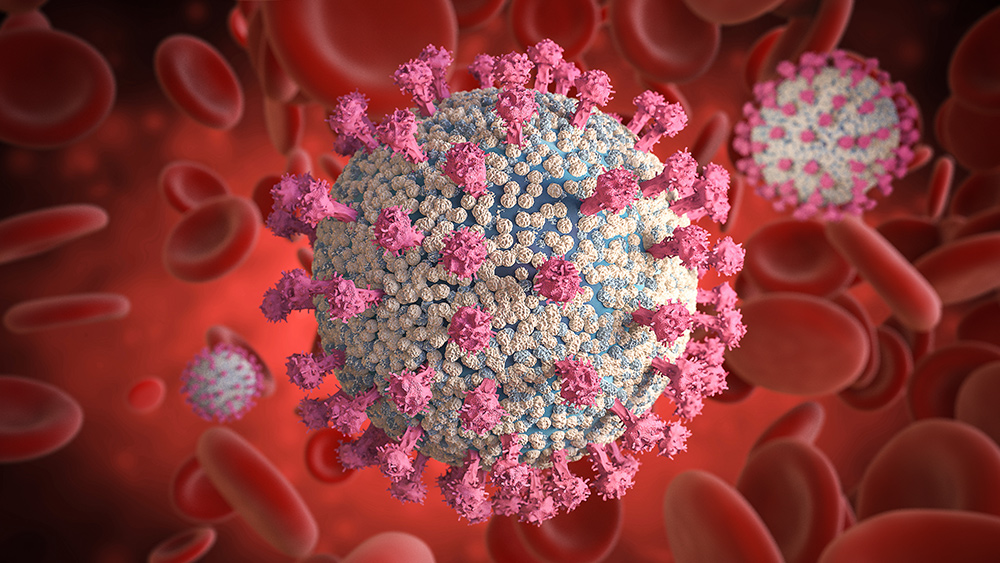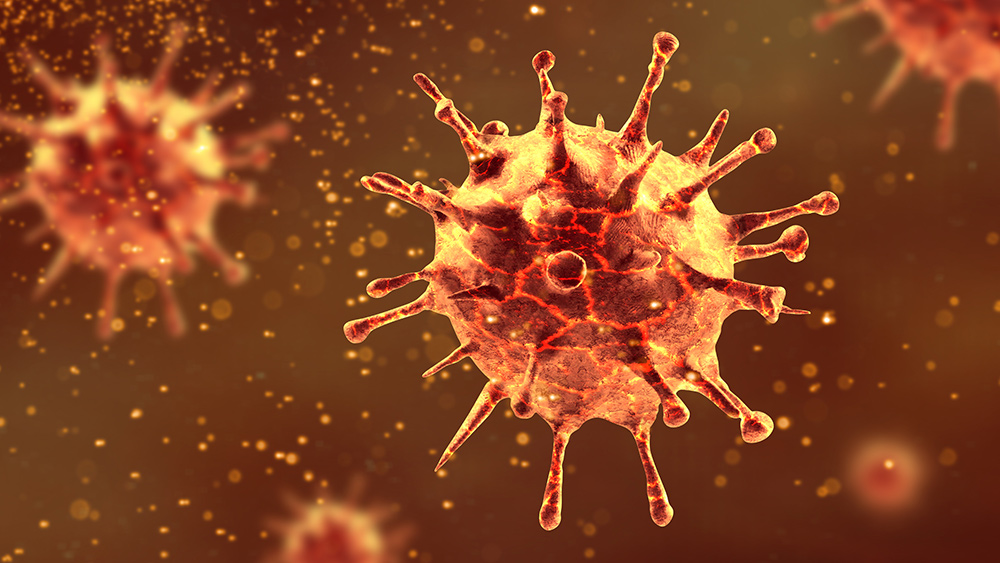
Tropical soils are bright red due to the large amount of iron oxides. Those same iron oxides bind to any phosphorus in the soil, and the resulting compound cannot be normally processed by plants and microbes.
Researchers from the Oak Ridge National Laboratory (ORNL) hoped to find out how the lack of phosphorus drove the foraging strategies of microbes. They reported that microbes in phosphorus-deficient soils have more genes associated with scrounging the nutrient from other sources.
Tiny microbes are a critical part of the planetary process of nutrient cycle. A better grasp of their relationship to soil could enable more accurate scientific models of similarly big and complex processes like the carbon cycle, where microbes break down organic carbon and expel carbon dioxide into the atmosphere.
The approach taken by the ORNL team could also be used in other ecosystems. It could be applied to the nutrient limitation paradigm, guide agriculturists, and generate better models of the Earth's biosphere.
The study was sponsored by the Laboratory Directed Research and Development project at ORNL. (Related: Study of microbes found in cow stomachs could lead to energy extraction breakthrough, aiding in production of biofuels.)
Microbes get the right genes to maximize nutrients
The researchers used the Titan and Rhea supercomputers of the Oak Ridge Leadership Computing Facility (OLCF) to pore over a massive database of genetic material and protein samples taken from various environments. They compared the genes and proteins of microbes taken from soils with different levels of phosphorus content.
According to their findings, microbes from phosphorus-poor soil possessed a different genetic make-up compared to those that came from phosphorus-rich samples.
Microbial communities that lived in phosphorus-deficient environments showed four times as many genes that encode enzymes specializing in getting phosphorus from the soil. Enzymes are molecules that enable and speed up chemical reactions such as the phosphorus cycle.
Furthermore, the research team described more than 100 genes related to catalyzing phytate. The most recalcitrant phosphorus-containing compound in soil organic matter, phytate is the combination of a mineral and phytic acid.
Normally, microbes find it difficult to access phytate unless they have the right genes that produce enzymes like 3-phytase. These enzymes catalyze the release of phosphate from phytate.
Phosphates are the naturally-occurring form of phosphorus. They are much easier to absorb than phytate.
The microbes from phosphorus-poor soils also had a higher-than-normal level of genes and proteins that break down phosphorus-containing nucleic acids and phospholipids. They are also faster at decomposing labile carbon – the main food source for microbes – and nitrogen in the soil.
Some microbes are even able to degrade persistent pollutants
In contrast, microbes in phosphorus-rich locations have more genes that specialize in getting carbon, nitrogen, and other nutrients. Specifically, their enhanced genes are concerned with breaking down recalcitrant aromatic compounds, turning nitrogenous compounds into useful forms, and assimilating sulfur.
Recalcitrant aromatic compounds are widely used in numerous commercial and industrial processes such as dyeing leather, paper, and silk wool. These pollutants are very difficult to break down and are often dumped as industrial wastewater.
Based on the results of their study, the ORNL researchers believe soil microbes are able to adapt to nutrient-poor environments by increasing the number of genes and proteins that can obtain the nutrient they lack.
For more stories on the role of microbes in the environment, visit Ecology.news.
Sources include:
Please contact us for more information.























